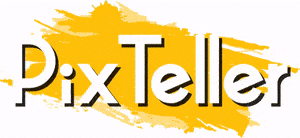How Ethical AI Is Changing Marketing and Content Creation
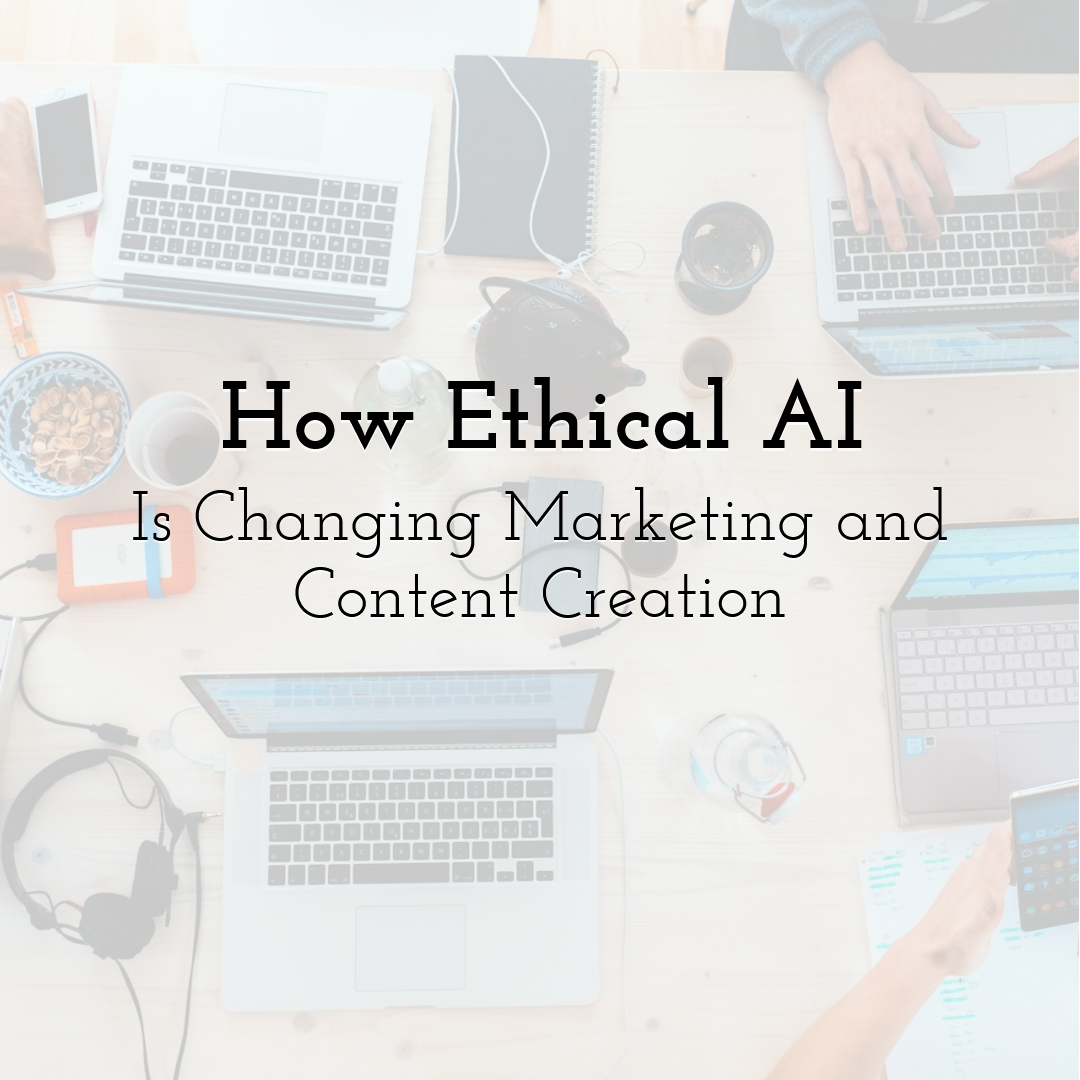
You care about your audience. You care about how your brand sounds. And you care about the impact your words have once they’re out in the world. That’s why you don’t just hit publish and hope for the best. You edit, refine, and rethink until it feels right.
AI tools promised to make that process easier, but not all of them live up to the promise. Some cut corners. Others ignore tone completely. Ethical AI does things differently. It’s designed to support your voice and protect your values throughout the creative process.
In this article, you’ll learn how ethical AI is changing content creation by keeping your standards and your audience in mind.
What Ethical AI Actually Means
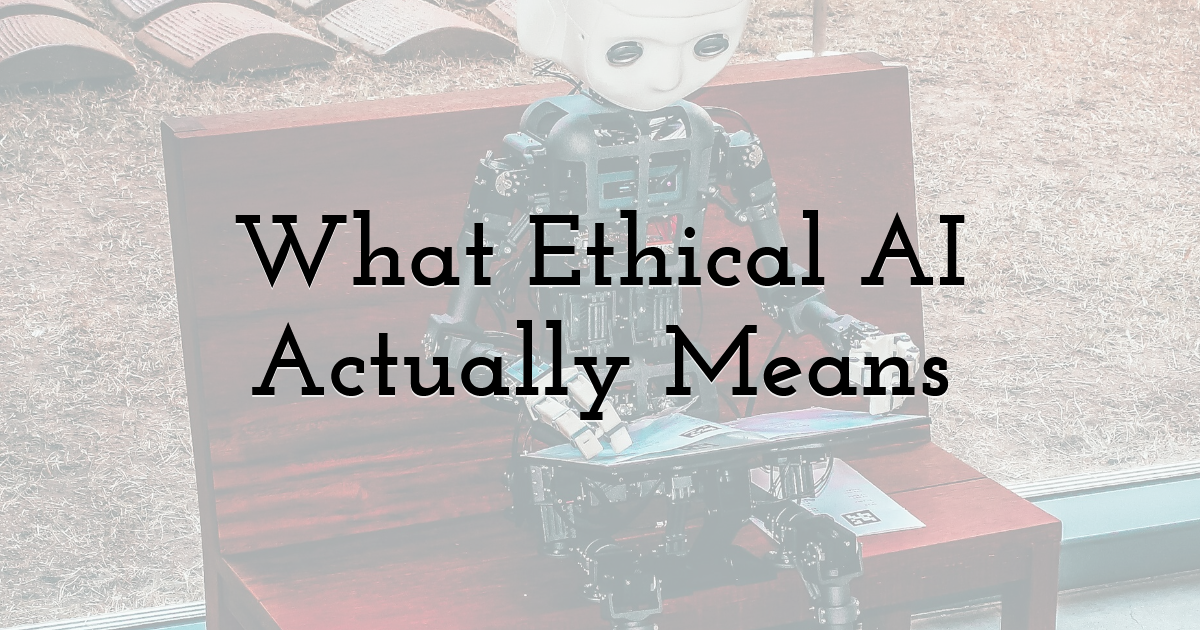
AI doesn’t create in a vacuum. It pulls from massive amounts of data. And if that data includes bias, stereotypes, or misinformation, the content reflects that. Ethical AI is about stepping in with intention.
Instead of focusing only on output, ethical AI considers:
- • What kind of data is it learning from
- • How balanced or biased that data might be
- • Whether it can adapt to different tones, voices, and audiences
- • How transparent the process is for the user
In short, it is less about shortcuts and more about responsible support. It still helps you work faster. However, it does so without cutting corners on quality or trust.
What You Gain From Ethical AI
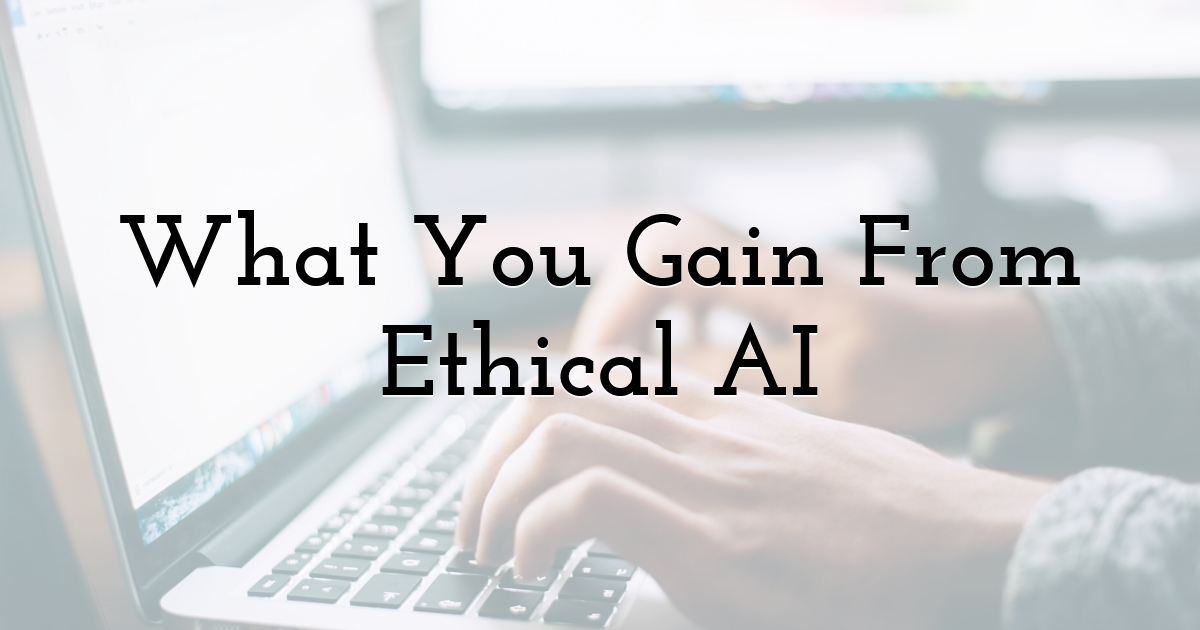
Marketing isn’t just about putting words together. You’re building relationships. And relationships need trust.
With ethical AI, here’s what gets easier:
- • You get a stronger, more consistent brand voice across all platforms
- • You stay in control of your messaging and creative direction
- • You save time by editing less and creating more
- • You build confidence knowing the content was created thoughtfully
These small wins add up. Whether you’re writing a product page, an email campaign, or a long-form article, you end up with something that sounds like you, not like a script.
Making AI Content Actually Sound Human
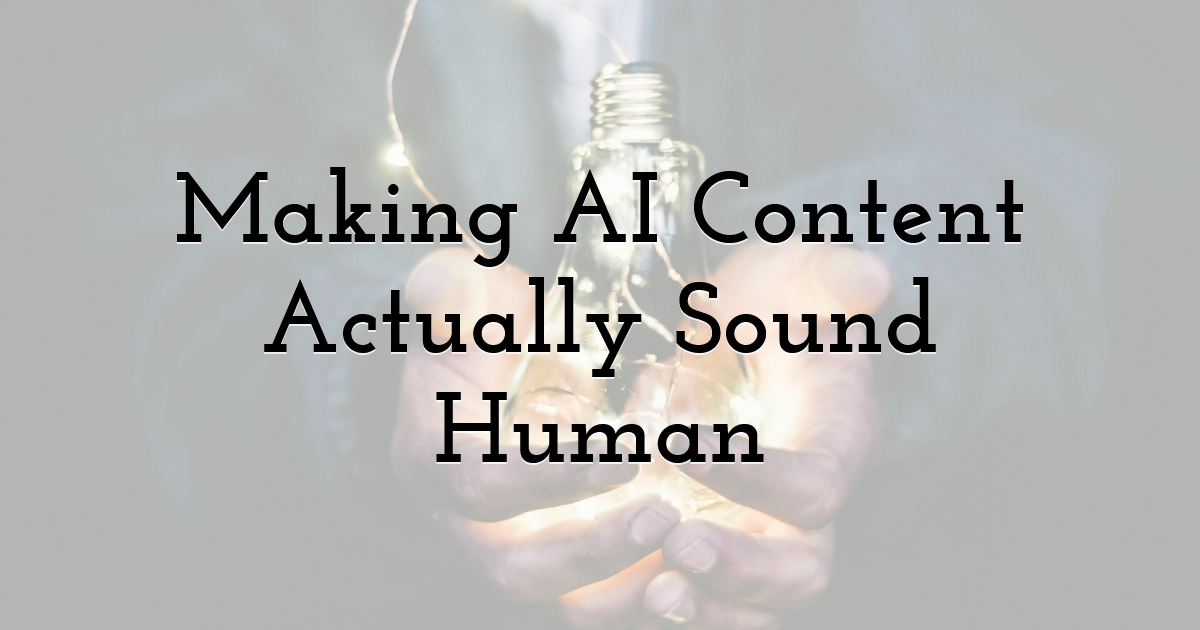
You’ve read content that made you cringe. It had awkward phrasing, weird metaphors, or bland repetition. Even when the structure was solid, it lacked heart.
To fix that, many creators now use tools that help Humanize AI generated content. These tools don’t just correct grammar. Instead, they refine tone, enhance rhythm, and eliminate stiffness from AI-generated writing. It's like refining a rough sketch before turning it into a final artwork.
They focus on:
- • Sentence flow and readability
- • Brand-aligned tone across all sections
- • Replacing robotic phrasing with natural language
- • Adding conversational pauses and subtle emphasis
- • Preserving emotional depth and intent
By doing so, the final content still benefits from automation, but it feels more personal, relatable, and human.
“The most powerful tool we have as marketers is the truth.” - Patrick Murphy, Brand Strategist
Transparency and Creative Control
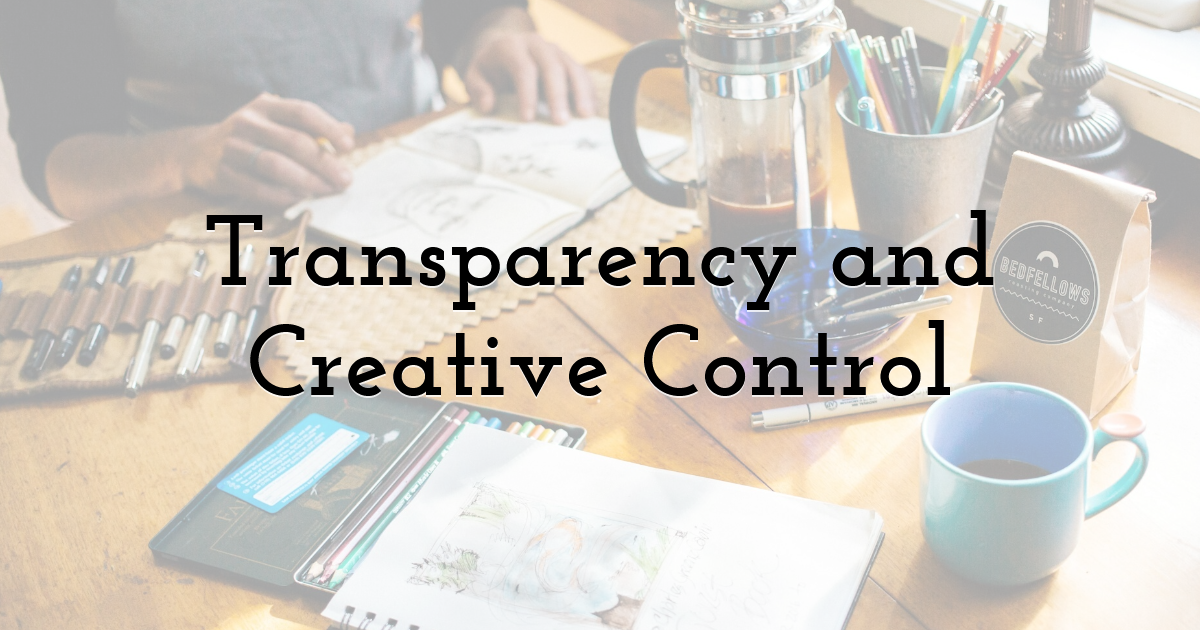
One of the biggest problems with AI-generated content is that it often leaves you in the dark. You don’t know where a statistic came from. You don’t know if a sentence was pulled from another site. That lack of transparency creates risk, both creatively and legally.
Ethical AI gives you more control over how content is built. You see what goes in and what comes out. You can adjust prompts, rewrite outputs, and monitor sources. It doesn’t replace your role. Instead, it supports you in making better decisions.
This kind of transparency also improves teamwork. Whether you're working with an internal team, a client, or publishing for your own brand, ethical AI ensures you're never guessing about content quality or originality.
Avoiding Bias and Speaking to More People
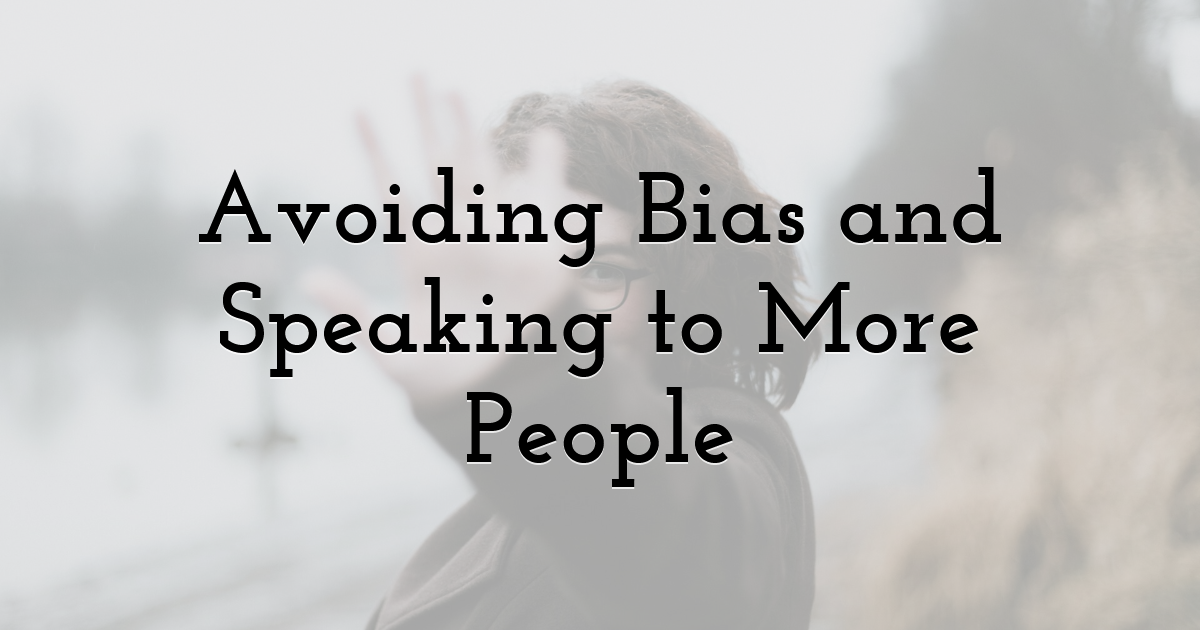
AI tools are only as inclusive as the data on which they are trained. If that data leans in one direction, whether culturally, socially, or economically, the output will reflect that limitation.
Ethical AI addresses this challenge by recognizing and correcting those blind spots. It helps you avoid language that might come across as exclusive, insensitive, or outdated. With the right input and thoughtful use, you can create content that represents a wider range of voices and experiences. It becomes easier to spot and remove subtle stereotypes before they reach your audience. You can craft messages that feel more inclusive, respectful, and welcoming without sounding forced or artificial.
At the same time, ethical AI enables you to maintain accuracy while keeping your tone warm and approachable. This matters even more in industries where representation and messaging have real impact, such as education, healthcare, or non-profit work.
Quality Over Quantity

There’s always pressure to publish more. Blogs, newsletters, LinkedIn posts, and email sequences are all expected to go out regularly. But quantity without purpose just leads to clutter.
Ethical AI helps shift the focus. Instead of filling up a calendar, you focus on creating something that actually matters. You spend less time on first drafts and more time refining your message. You delegate the repetitive tasks, but stay present in the parts that require thinking, feeling, and care. That’s where your real value comes in. And that’s where great content lives.
Final Thoughts
AI is not something to fear. It is simply a tool. The difference lies in how you use it and which version of it you choose. Ethical AI respects your voice and your values. It does not replace your creativity. It supports it in ways that feel real and intentional. You do not have to compromise authenticity for efficiency. You can meet your deadlines and still stay true to the kind of work you want to be known for. Use AI the right way. Keep it human. And let it help you bring more meaning to every word you write.
Until next time, Be creative! - Pix'sTory
Recommended posts
-
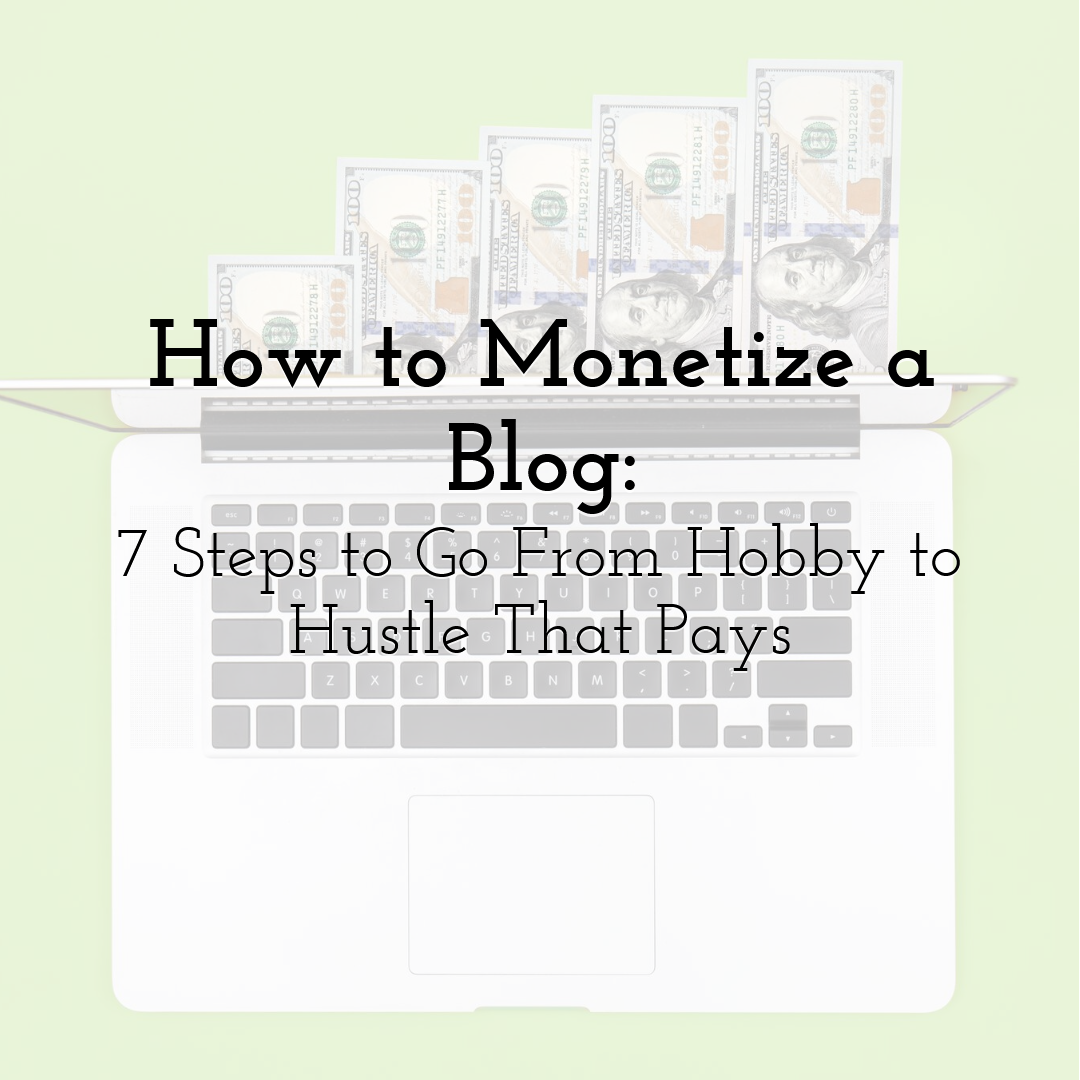
How to Monetize a Blog: 7 Steps to Go From Hobby to Hustle That Pays
Read More › -
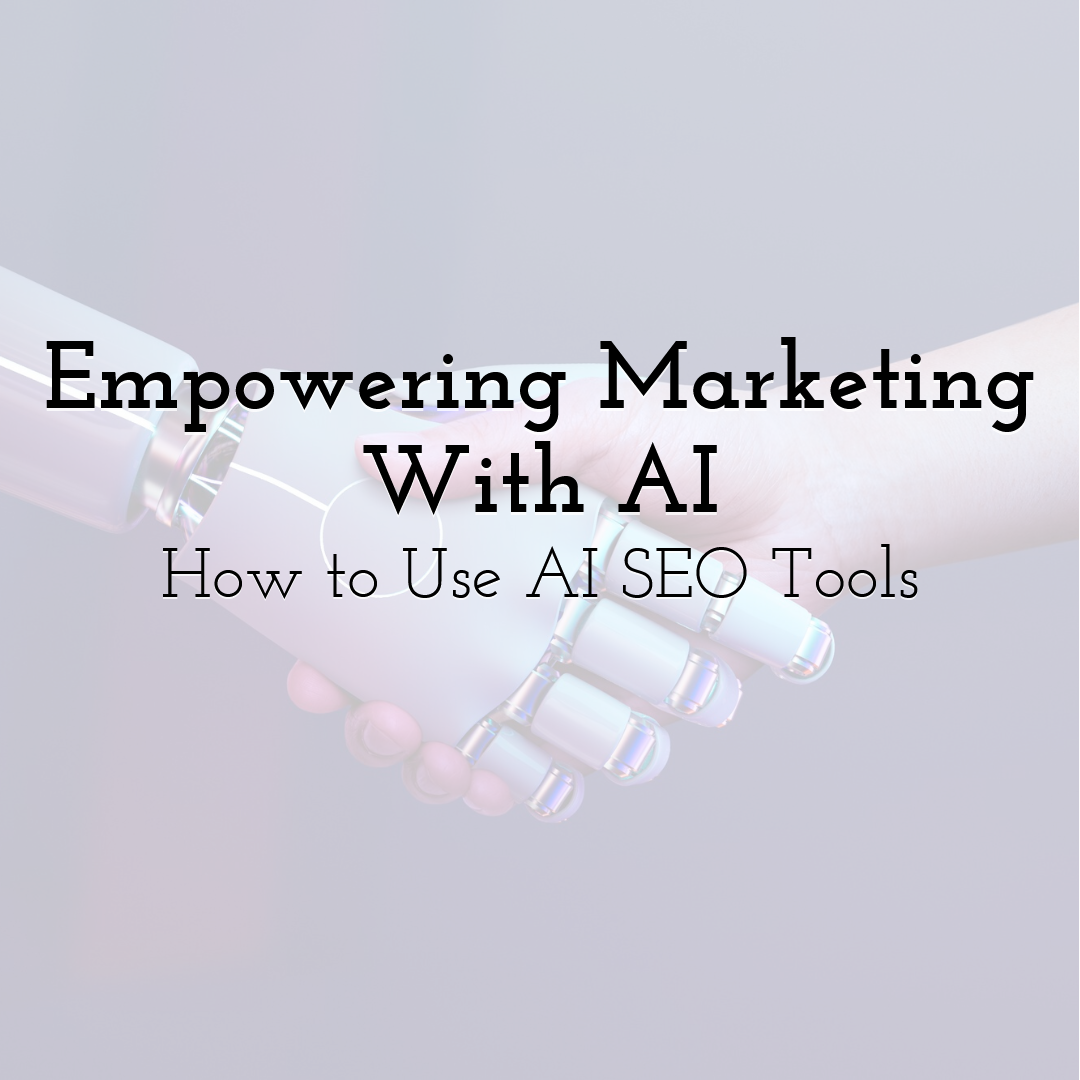
Empowering Marketing With AI: How to Use AI SEO Tools
Read More › -

Repurpose Donor Testimonials to Fuel Your Nonprofit Monthly Giving Campai...
Read More › -
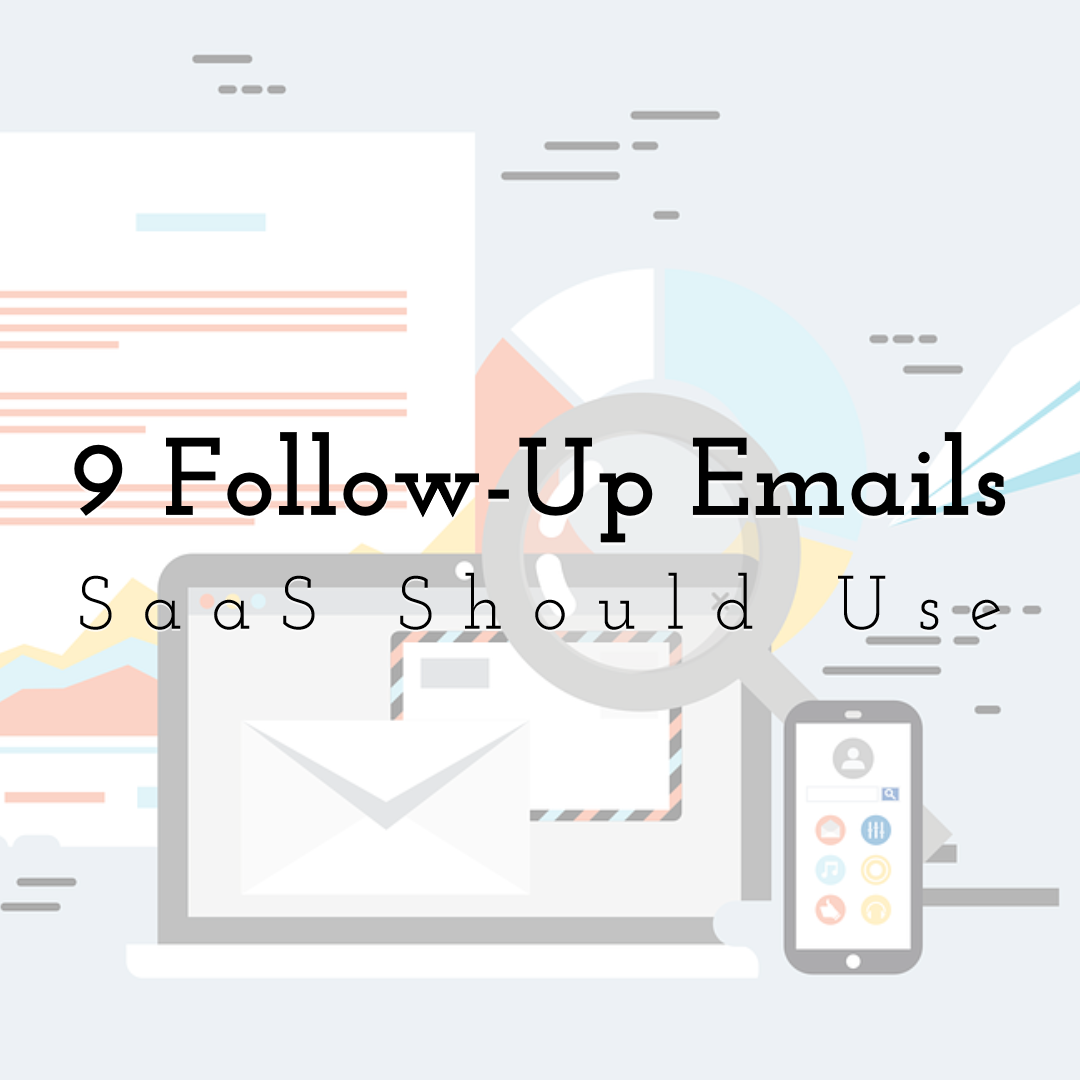
9 Follow-Up Emails SaaS Should Use
Read More › -
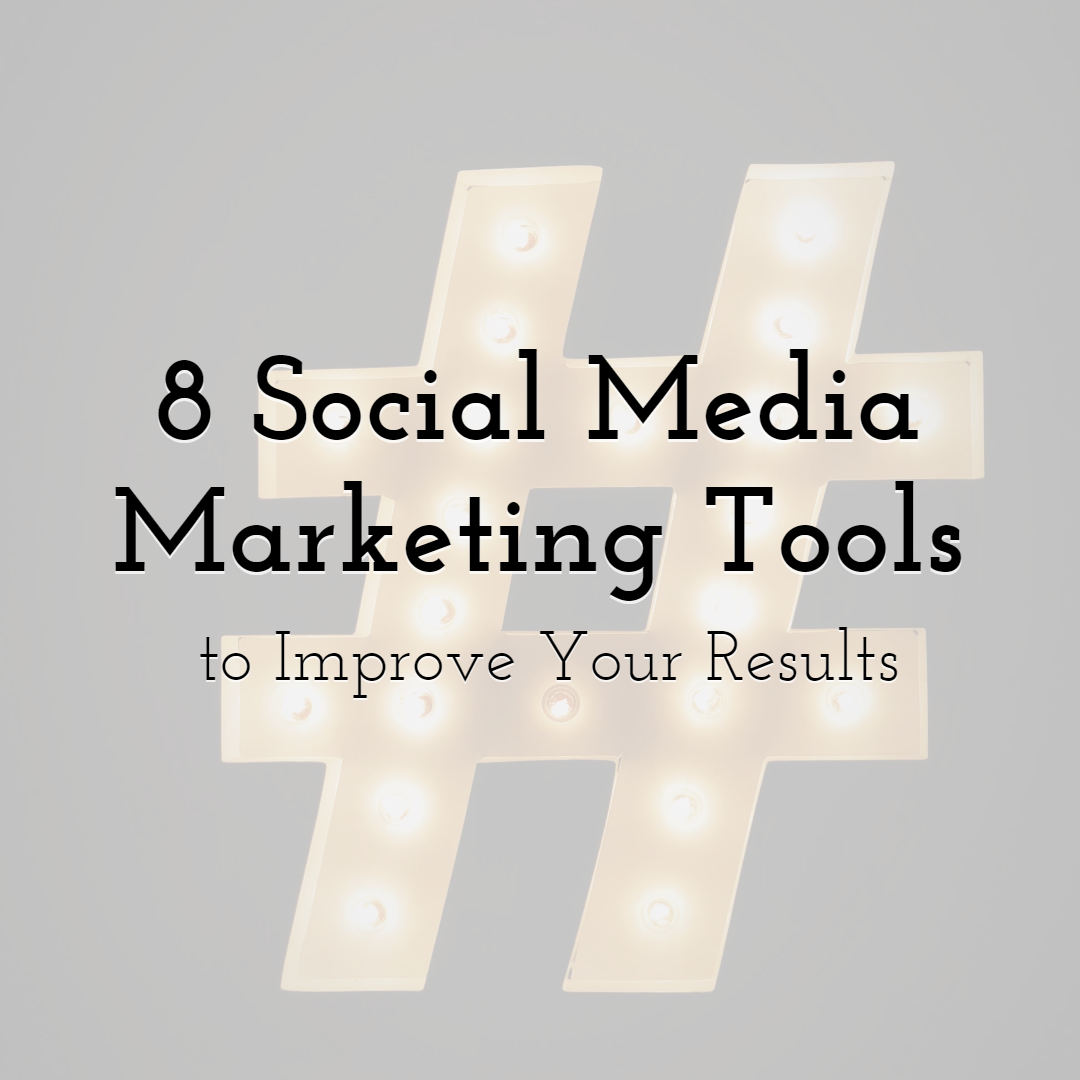
8 Social Media Marketing Tools to Improve Your Results
Read More › -

4 Benefits of Video in Your Digital Marketing Strategy
Read More ›
